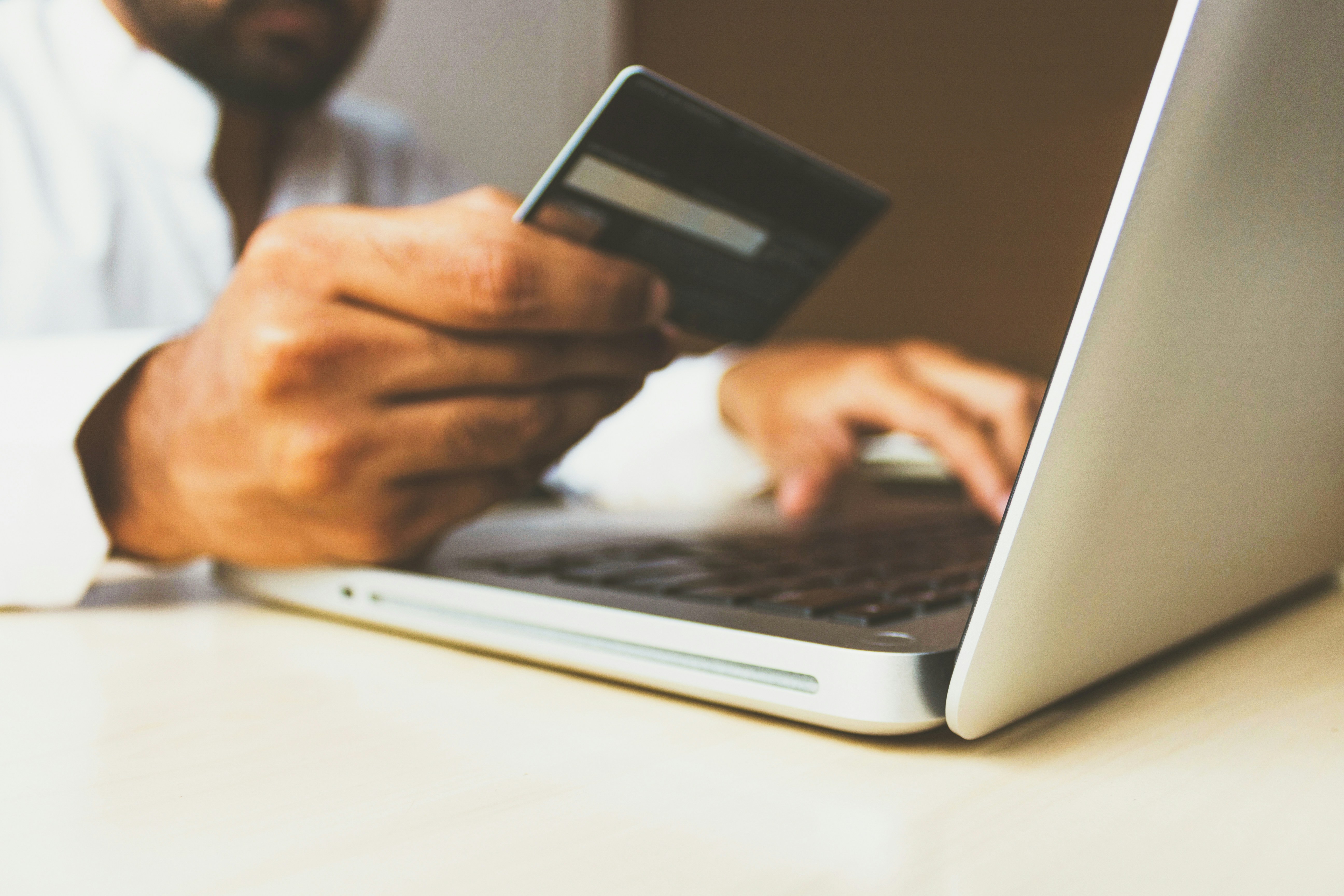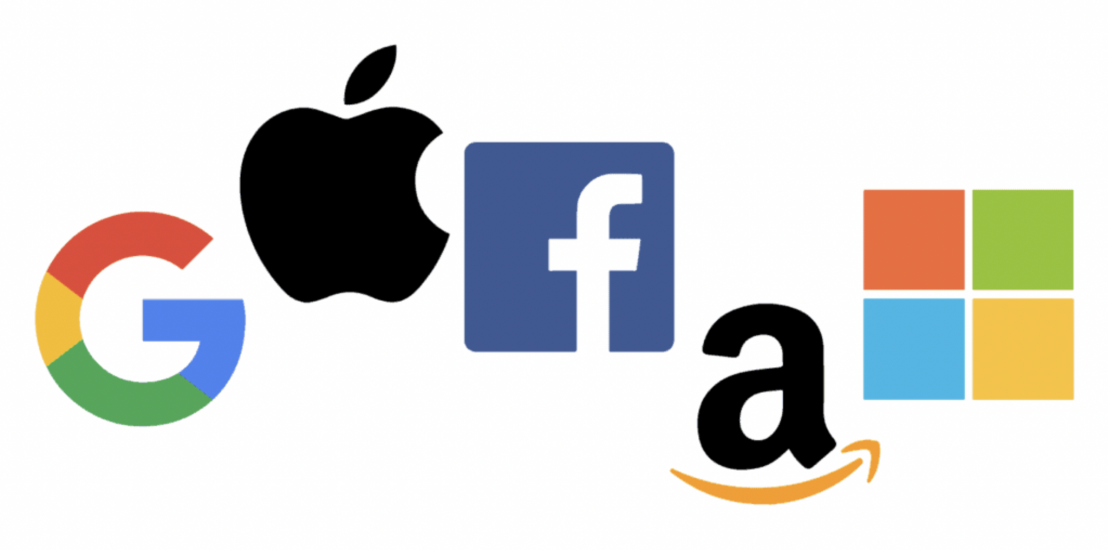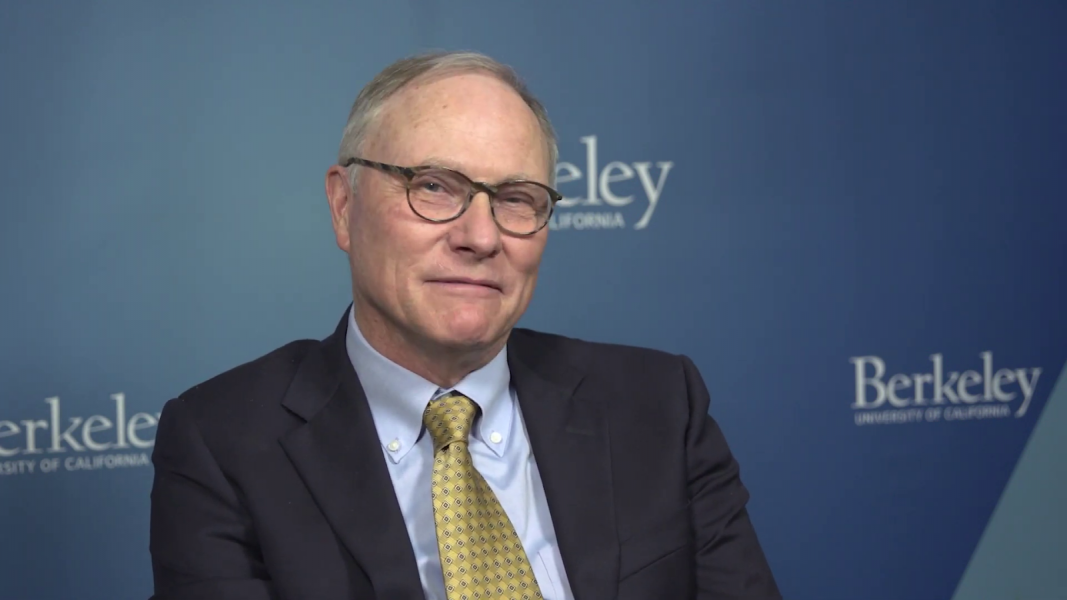
Writer: Mahalet Habteyes
Editor: Tucker Gauss
Introduction
“Split it into four easy payments.” The phrase sounds harmless, even responsible. No talk of debt, no mention of risk. Just press the button to accept and get instant approval. But somewhere behind the glossy interface, the pressure starts to build as balances overlap and due dates multiply. One “easy” purchase turns into another, and another, until the math catches up and suddenly, your next paycheck feels smaller, your account thinner, and the financial freedom you thought those apps would give you begins to vanish.
Buy Now, Pay Later (BNPL) platforms like Afterpay, Affirm, and Klarna are weaponizing our most basic human instinct for instant gratification—the drive to seek an immediate reward and defer the pain that may come with it, rather than waiting until you save up enough to pay in full. What feels gratifying one day ends instead in a slow but steady race towards the bottom of your wallet.
In the United States, more than 94 million people have used BNPL services in 2024, and projections suggest over 105 million will do so by 2026. This growth is driven in part by the fact that retailers see real value in offering BNPL. Studies show that offering BNPL at checkout increases conversion rates, brings in net-new sales, and raises average ticket sizes. In fact, merchants see it as a way to turn potential “cart abandoners” into buyers. Retailers steadily lose customers at the “pay now” page when a customer sees their cost, and BNPL offers a frictionless alternative that raises cart conversion and average order value. Companies are now paying BNPL providers a fee per transaction to integrate “pay in installments” at checkout. In effect, BNPL is subsidized by retailers who see it as a sales multiplier. This seems like a win-win: consumers get flexibility, retailers sell more, and BNPL firms extract margins via merchant fees.
However, the consumption boom comes amidst record American credit-card debt, with over $1.7 trillion at the end of 2024. Instead of being a lifeline, BNPL worsens the problem. By sidestepping monthly bills and credit scores, these platforms strip away the psychological speed bumps that normally force borrowers to confront their debt.
 Graphic By: Sharvani Andurlekar
Graphic By: Sharvani Andurlekar
What Makes This So Different from Credit Cards?
Swipe a credit card, and you know what you’re signing up for: a bill at the end of the month, interest charges if you don’t pay, and a hit to your credit score if you miss it. BNPL flips that script. Platforms make it feel like you’re shopping smarter by framing transactions as a budgeting method. Credit cards, for all their pitfalls, force users to stare down their spending in one consolidated bill. BNPL scatters it across apps, weeks, and notifications, leaving borrowers juggling fragmented micro-loans that don’t feel like obligations until they pile up. The results speak for themselves, as BNPL payments are eight times more likely to be missed than a credit card bill.
There are a few things that might help us understand why people miss BNPL payments more than they do for credit cards. First, as prices climb and wages lag, household budgets have less slack. It’s in situations like these, where money is tight, that BNPL payments are most likely to slip through the cracks compared to the more overt credit card bills. Second, many users borrow from multiple platforms at the same time, a practice the Consumer Finance Protection Bureau describes as “loan stacking.” The CFPB found that in 2022, 63% of BNPL users fell victim to loan stacking. This is because many users have thin, poor, or damaged credit histories, which means they may be denied traditional credit or face high interest rates. BNPL providers often use softer risk assessment than banks, so BNPL credit is more accessible. Thus, users may turn to multiple BNPL platforms precisely because those are among the few forms of credit they can reliably access. Some users also naturally end up dividing purchases among different providers. If one purchase uses Klarna, another uses Affirm, another uses Afterpay, etc., the user ends up with several active BNPL loans. This fracturing of payments across apps makes it harder for people to track the total amount they’ve taken out, increasing the chances that they’ll miss one or more of their payments.
Credit cards are built to provoke guilt, while BNPL hides it. Credit cards confront you every month with a statement that tallies up all of your impulses. That flash of discomfort—the sting of seeing your balance—is a built-in check on overspending. BNPL, by contrast, replaces discomfort with remorse, and only after the fact. You don’t feel bad at the moment of purchase or at the end of the month; you feel bad when the installments pile up. Nearly 40% of BNPL users regret using it once the payments stacked up. That regret stems from a deferred awareness that these platforms create by allowing the emotional sting to only come once it’s piled up too much. While both credit cards and BNPL postpone the pain of paying, credit cards make that pain loud and centralized, while BNPL makes it quiet and fragmented. With credit cards, you get a monthly statement showing everything you spent. It’s a single, unavoidable confrontation with your total debt. The emotional “sting” hits all at once, and that visibility can correct behavior. BNPL spreads that discomfort across multiple micro-payments, apps, and due dates. There’s no single “reckoning” moment, so the awareness stays dull and disjointed. You never feel the full weight, only small twinges that are easy to ignore. Credit cards remind you that you’re in debt. BNPL convinces you that you’re not.
The Psychology Behind BNPL’s Popularity
BNPL is tapping into the faulty parts of human psychology by making money feel less real when it’s divided, delayed, or digitized. Behavioral economist Richard Thaler calls this mental accounting, our tendency to sort money into different mental “accounts,” and assign them different levels of seriousness. Rent money is untouchable, grocery money feels essential, and money for fun is spent with less hesitation. BNPL plays directly into this habit.
When an item costs $200 upfront, it activates the mental account labeled “big purchase” or “debt.” That triggers a pause: Do I really need this? Can I afford it? But when the same item is reframed as “four easy payments of $50,” it gets shuffled into the everyday-expense category. Fifty dollars doesn’t feel like debt; it feels like dinner out, or a tank of gas. The psychological trick is simple but powerful—BNPL camouflages the loan, and in doing so, lowers resistance to borrowing.
This mental accounting doesn’t happen in a vacuum. It feeds directly into the pain of paying, the discomfort that reminds us we’ve just parted with something valuable, and shows how BNPL dulls that pain almost completely. Every financial transaction carries some level of psychological discomfort. Paying with cash, for example, forces you to hand over tangible bills. This is a concrete moment of loss. Credit cards already weaken that pain by inserting a plastic card between you and your money. BNPL turns that pain from a sharp jab into a slight nudge. The friction of a single, full payment is dissolved into a series of smaller, deferred ones. Instead of experiencing the sting of $200 leaving your account, you only feel $50 disappearing here, another $50 weeks later, and so on. The discomfort is spread thin, making each transaction feel trivial. Combined with the fact that payments are digital and often automated, the consumer hardly notices them at all.
The Regulatory Path Ahead
BNPL is essentially a shadow credit system growing faster than regulators can track. Its invisibility makes it especially risky. Unlike credit cards, BNPL loans usually aren’t reported to credit bureaus, meaning lenders and policymakers have no clear picture of consumers’ actual debt loads. The Richmond Fed calls this phantom debt, hidden liabilities that don’t appear in official data but can quietly ripple into the wider credit market. When a borrower takes on three or four installment plans across different apps, no one—not even the lenders—has a full view of how indebted they actually are.
That lack of transparency is making regulators nervous. If millions of people are stacking microloans off the books, the spillover could destabilize other forms of credit. Banks, credit card companies, and mortgage lenders rely on credit bureau data to judge whether a borrower can handle more debt. If BNPL loans aren’t reported, those borrowers look safer than they actually are. A person juggling five BNPL plans may appear low-risk when applying for a car loan or new credit card, so the lender might approve them for more credit than they can realistically manage. When enough borrowers are misclassified like this, the entire credit system misprices risk, leading to more defaults later and a sudden tightening of credit across the economy.
When many users are missing payments, the pain doesn’t stay contained to the BNPL industry. These platforms front the money to merchants at the time of purchase, expecting to recover it later from consumers. When enough consumers fall behind, that repayment stream dries up. Suddenly, BNPL firms are sitting on mounting losses and thinner margins. To absorb the hit, providers tighten lending standards and raise merchant fees. That shift hits the retailers next. Stores that rely on BNPL to drive sales—especially in discretionary sectors like fashion, electronics, and home goods—see fewer approved buyers and smaller order volumes. BNPL companies themselves depend on banks and investors to fund their lending pools, and some of those banks securitize their BNPL receivables, bundling them into bonds sold to institutional investors. Rising defaults make those bonds riskier, pushing investors to demand higher yields or pull back entirely. In response, banks will tighten their own credit lines to BNPL firms and to other consumer lenders who might face similar risks. Banks and credit card issuers, now wary of consumer solvency, start tightening credit limits, raising interest rates, and approving fewer loans. Consumers who were already financially strained find it harder to borrow elsewhere. Some begin missing payments on their credit cards, auto loans, or even mortgages, spreading delinquencies across categories.
That chain reaction, called credit contagion, will spread financial stress from one sector (BNPL) into others (credit cards, auto loans, mortgages). It’s similar in structure, though smaller in scale, to how subprime mortgage defaults rippled through the banking system in 2008.
Possible solutions range from simple to systemic—mandating clearer disclosure of fees, capping the number of concurrent BNPL loans a consumer can hold, requiring repayment histories to be reported to credit bureaus, and embedding BNPL literacy into financial education programs. The real challenge is balancing BNPL’s promise of accessibility while defusing the behavioral traps that make it so dangerous. Reframing debt as painless and seamless has long-term consequences. If credit cards normalized consumer debt in the 20th century, BNPL platforms are normalizing unconscious debt in the 21st. A potential debt crisis ahead may not come from people ignoring their bills, but from people never realizing they were in debt at all.



